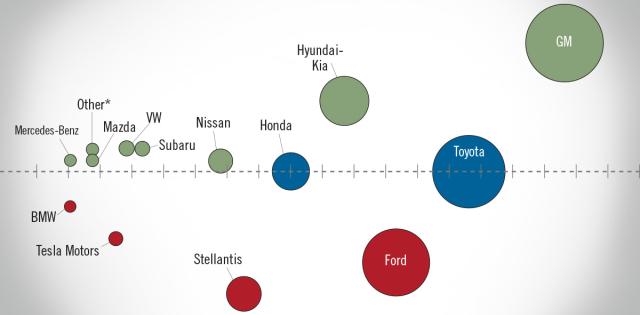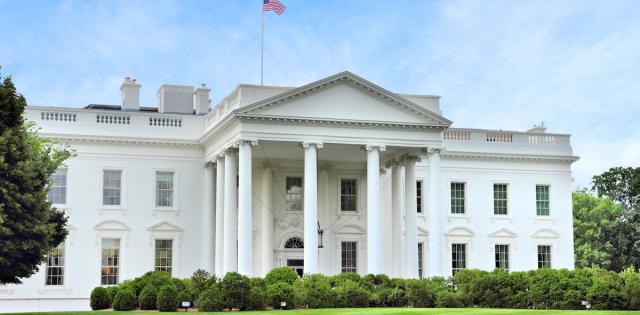New light-vehicle sales in February were down from January. The February SAAR totaled 14.1 million units, off by 6.4% from January 2022 and by 11.7% from the February 2021 SAAR of 15.9 million units. Despite this decline, the SAAR in Q1 2022 is tracking to be the highest since Q2 2021. New light-vehicle sales are expected to improve throughout the year, but will continue to be restrained by the ongoing semiconductor microchip shortage and other supply chain-related issues. We believe month-end inventory data in February 2022 will show little change from the end of January.
New vehicles continued to sell relatively quickly in February. According to J.D. Power, the average time a new vehicle sat on dealers’ lots fell to 20 days, down from 54 days a year ago. With new vehicles selling soon after they reach dealer lots and continued high consumer demand, OEMs are expected to have reduced incentive spending even more in February. J.D. Power forecasts that average incentive spending per unit will fall to $1,246, down from $2,143 compared with a year ago. And when expressed as a share of MSRP, average incentive spending per unit is expected to total a record low of just 2.8%. New-vehicle shoppers who come with a trade-in have benefited from high used-vehicle pricing, which has increased their trade-in’s equity. According to J.D. Power, average trade-in equity in February 2022 will be up 93% compared with this time last year.
We expect that new light-vehicle sales will continue to be limited by available inventory for the rest of the year. Also, the Federal Open Market Committee will likely raise benchmark interest rates several times throughout the year, with the first increase coming in March. Higher interest rates increase borrowing costs and, in turn, consumers’ monthly vehicle payments, which are already at record highs. Despite these headwinds, we forecast that light-vehicle sales will increase this year to 15.4 million units.











